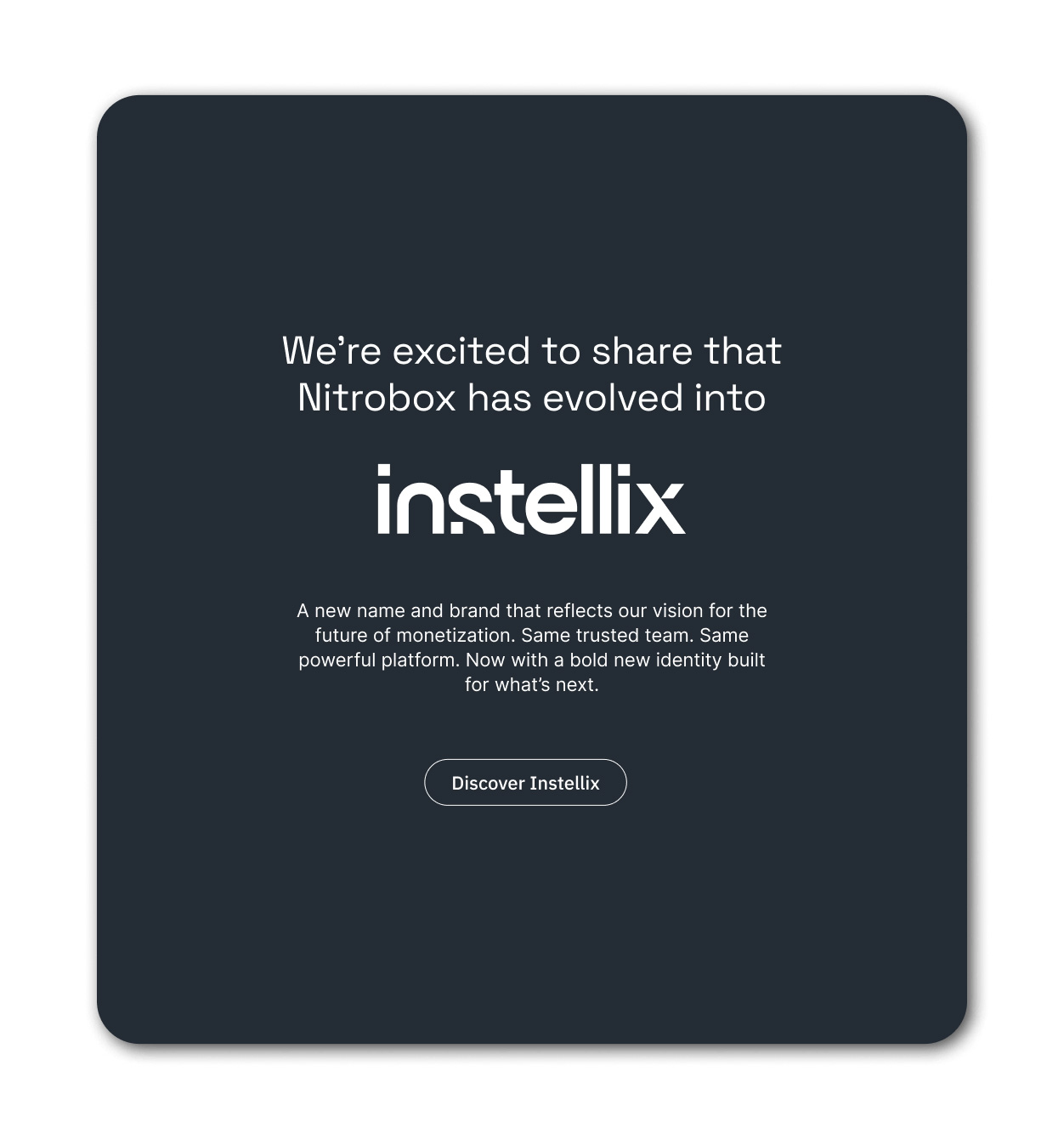In the dynamic world of digital business models, billing is far more than just an administrative obligation. It is a strategic instrument that determines scalability, efficiency and customer satisfaction. Particularly in business models based on partnerships, platforms and ecosystems, automated, scalable and flexible revenue distribution and billing is a key challenge: multi-party billing.
Inhaltsverzeichnis
From individual processes to network processing
What still works for start-ups or pilot projects with manual effort becomes an operational brake on a corporate scale. As soon as several parties – such as service or sales partners, platform operators, licensors, manufacturers or group subsidiaries – are involved in sales, the complexity increases exponentially:
- Different contract and billing models with different billing logics (e.g. pay-per-use, subscription, revenue share)
- Increasing number of differentiated billing of individual items
- International requirements for currency, tax and accounting systems with different tax and legal requirements (e.g. audit-proof archiving, tax and accounting systems, etc.), which can lead to a variety of different billing models
- Increasing complexity due to multi-level, networked business relationships and value chains
Causal causes of growth blockages
- Structural limitations of traditional systems: Legacy ERP or CRM solutions are not designed for the automated, rule-based distribution of sales to multiple parties.
- Manual processes and isolated solutions: As soon as Excel sheets, manual credit memos or individual scripts become the ‘solution’, data quality, margin, compliance and scalability suffer.
- Lack of real-time capability: In a world where services are provided ‘on demand’, partners and customers expect billing that is as fast as it is transparent.
- Shadow processes in the finance team: Instead of focussing on strategic issues, teams are struggling with error-prone special cases and growing complexity.
Multi-party billing as a growth lever
Digital ecosystems – whether in e-mobility, IoT services, digital marketplaces or platform models – require a new paradigm: platform-based revenue sharing.
Take e-mobility for example: up to five parties are often involved in the charging process of an electric vehicle. Without automated billing logic, scaling or international expansion is hardly economically feasible while meeting the necessary compliance requirements.
Best practices to avoid scaling bottlenecks
- Ensure automated billing and crediting: The billing of end customer transactions must not only be automated. In particular, the resulting billing data must be immediately available for automated end-to-end processing of partner credit notes.
- Decouple but integrate billing: Monetization processes must be able to scale independently, while being seamlessly integrated with the rest of the financial IT.
- Flexibility through configurability: It must be possible to map different pricing and participation models in an agile and highly flexible way using different modules – ideally in any combination and automatically controllable and configurable via API.
- Real-time processing & transparent logic: Automated invoicing, live calculation of taxes (also in an international context), fees, margins and provisions enable precise control and audit security.
- Global scalability and compliance by design: the solution must work across countries, partners and products – with tax, legal and accounting compliance built in from the start.
- Distributed responsibility with centralized control: The ability to orchestrate distributed partner structures centrally without blocking local adjustments ensures speed and governance.
- Scalable transaction processing: Digital business models sometimes generate millions of transactions – especially with usage-based billing models or real-time services. The monetization infrastructure must be designed to process these volumes securely, stably and with high performance – without system disruptions, data loss or downtime. This is the basis for sustainable growth and operational excellence.
Conclusion: Monetisation as a driver of digital transformation
Multi-party billing is not a peripheral technical aspect – it is the backbone of successful digital business models. The ability to distribute revenue from value networks to different parties in a transparent, rule-based, automated and real-time manner is critical to scaling speed and market success.
If you want to learn how to overcome the hidden scaling barriers of multi-party billing and turn complexity into a real growth driver, join our upcoming live webinar.

